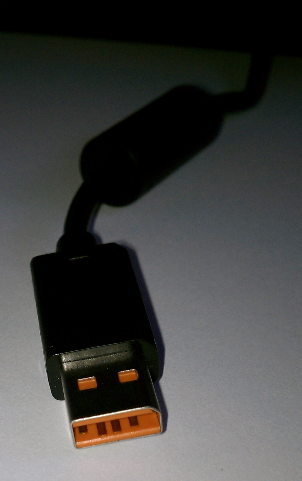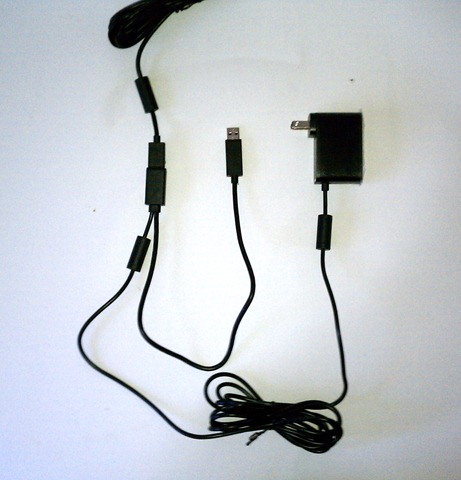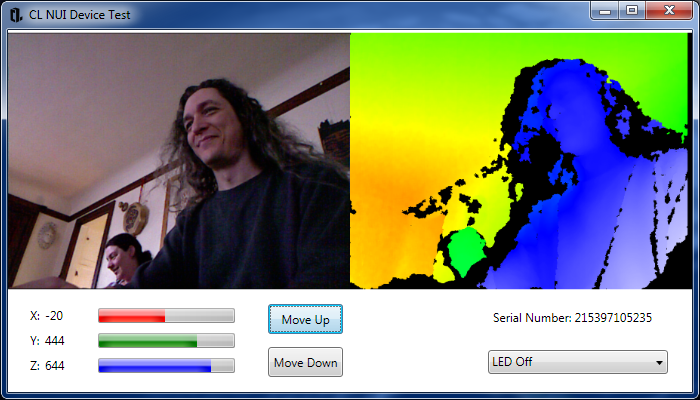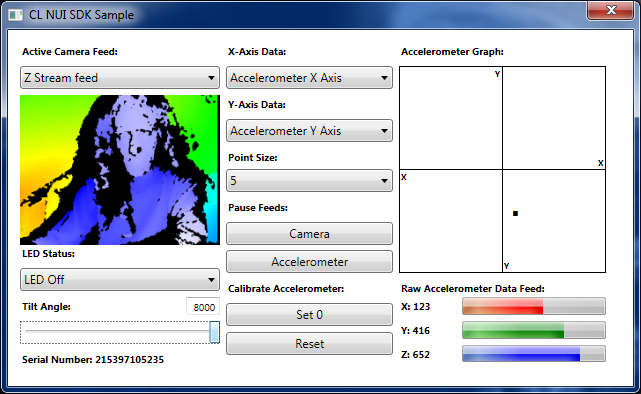Getting started with Kinect development
Turns out that it’s a lot simpler than I thought. The most significant barrier to entry is the USB jack. If you buy the Kinect sensor by itself, you’re good to go. But if you buy the XBOX 360 bundle, as I did, then you have a problem. As I understand it, the vanilla USB can’t provide enough power for the Kinect sensor, so XBOX 360 has a special USB port. The jack looks like this:
Kinect sensor’s custom USB jack
Obviously, this doesn’t fit my laptop’s USB port, and that’s where I was stuck for awhile. The solution is the special wall-powered USB jack that ships with the standalone Kinect sensor SKU. It looks like this:
Kinect sensor wall-powered USB jack.
Once you get the standalone Kinect sensor, it’s literally plug-and-play. Install the CL NUI Platform from Code Laboratories. This gives you a nice managed wrapper around the driver and a couple of WPF applications to show off device capabilities.
Plug your Kinect sensor’s power supply into the wall, and plug the (normal) USB jack into your PC. Click the CLNUIDeviceTest shortcut on your desktop, and you’ll see this display.
CL NUI Device Test application showing image capture and Z-stream rendering.
That’s yours truly and wife in our living room (left) and rendered from depth frames (right). This is a WPF app that debugs as usual in VS2010.
The other sample that ships with the CL NUI Platform shows off a little more device data:
CL NUI SDK Sample application showing accelerometer data and motor control.
Who knew that the Kinect sensor has an onboard accelerometer? Also, you can dial in the motor deflection (Tilt Angle), which is kind of fun.
I envision mounting the Kinect sensor on my monitor (with Velcro, or something). When the facial-expression recognition capability (Avatar Kinect) ships later this Spring, I can imagine a number of interesting PC-based applications for that.
Technorati Tags: Kinect,Avatar,XBOX,natural interface,WPF,XAML



